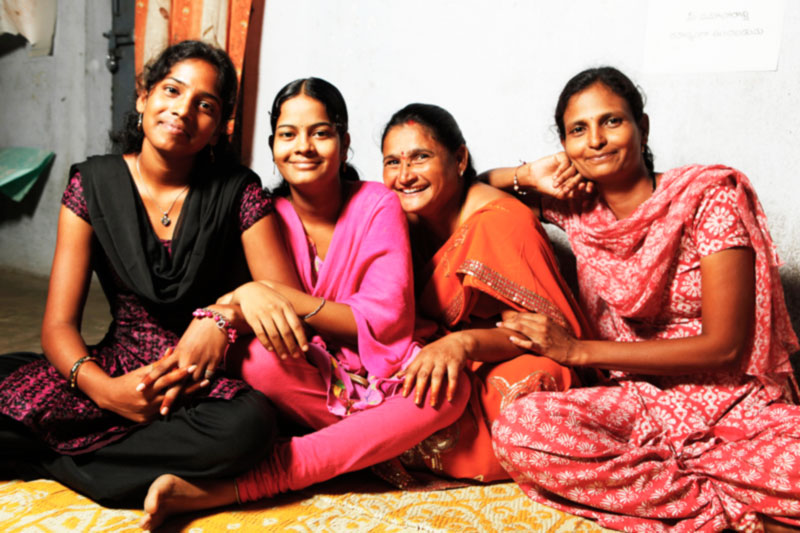Social empowerment of sex workers
Related Articles
Is Rs 5 Crore enough to retire in India? viral claim triggers social media reactions
A Gurugram-based finance influencer, Sumit Behal has kick started a debate on social media, he has claimed that Rs 5 crore isn't enough for...
स्पॉन्सर के मालिक ही बैठे केबीसी के हॉट सीट पर, अरबपति कुमार मंगलम बिड़ला बनेंगे करोड़पति!!!
क्या अब ज्ञान से नहीं, कॉरपोरेट ताकत से बनेंगे करोड़पति?
Kumar Mangalam Birla at KBC: टीवी के सबसे लोकप्रिय क्विज शो कौन बनेगा करोड़पति (KBC...
मोबाइल, पहनावा और परंपरा: बागपत खाप पंचायत के फैसले से उठी बड़ी सामाजिक बहस
उत्तर प्रदेश के बागपत जिले की थंबा पट्टी मेहर देशखाप पंचायत ने एक बड़ा और विवादित निर्णय लिया है, जिसने सोशल मीडिया और स्थानीय समुदाय दोनों...


